Your cart is empty
Keep Shopping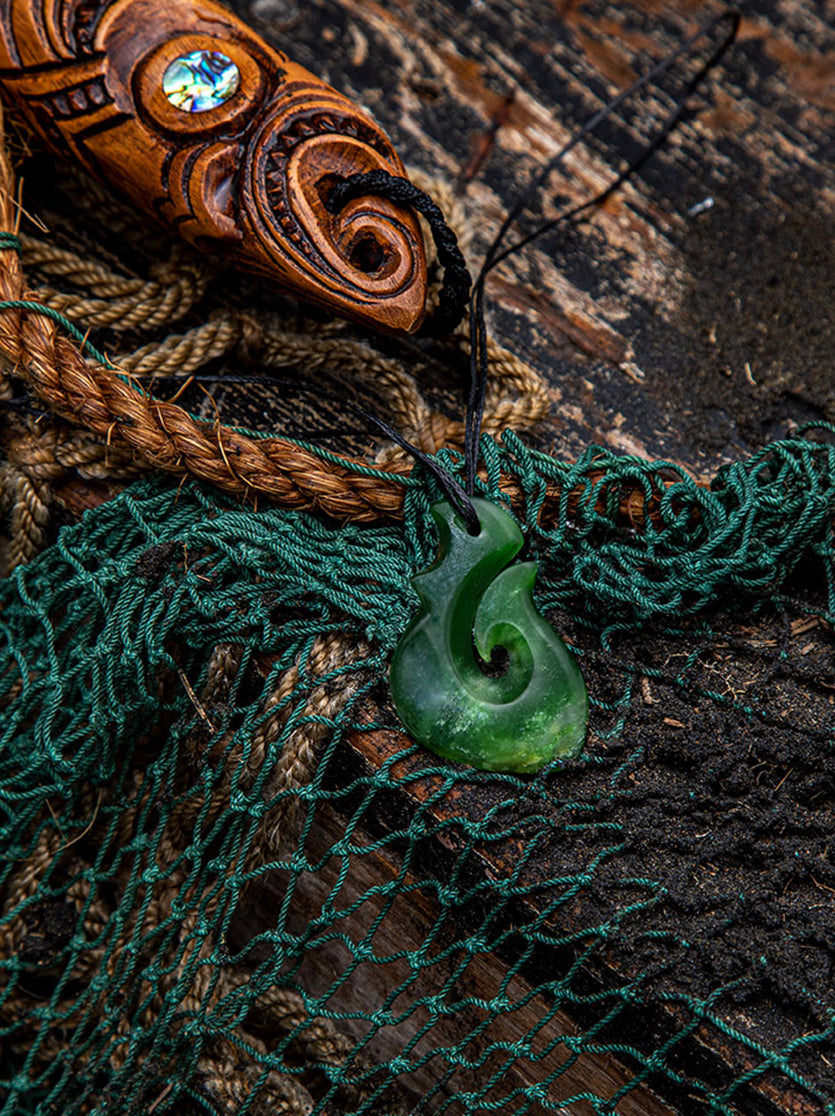
The History

New Zealand Design
The fish hook shape of the hei matau finds its origins in Māori legend, which holds that the North Island of New Zealand was once a huge fish that was caught by the great mariner, Maui.

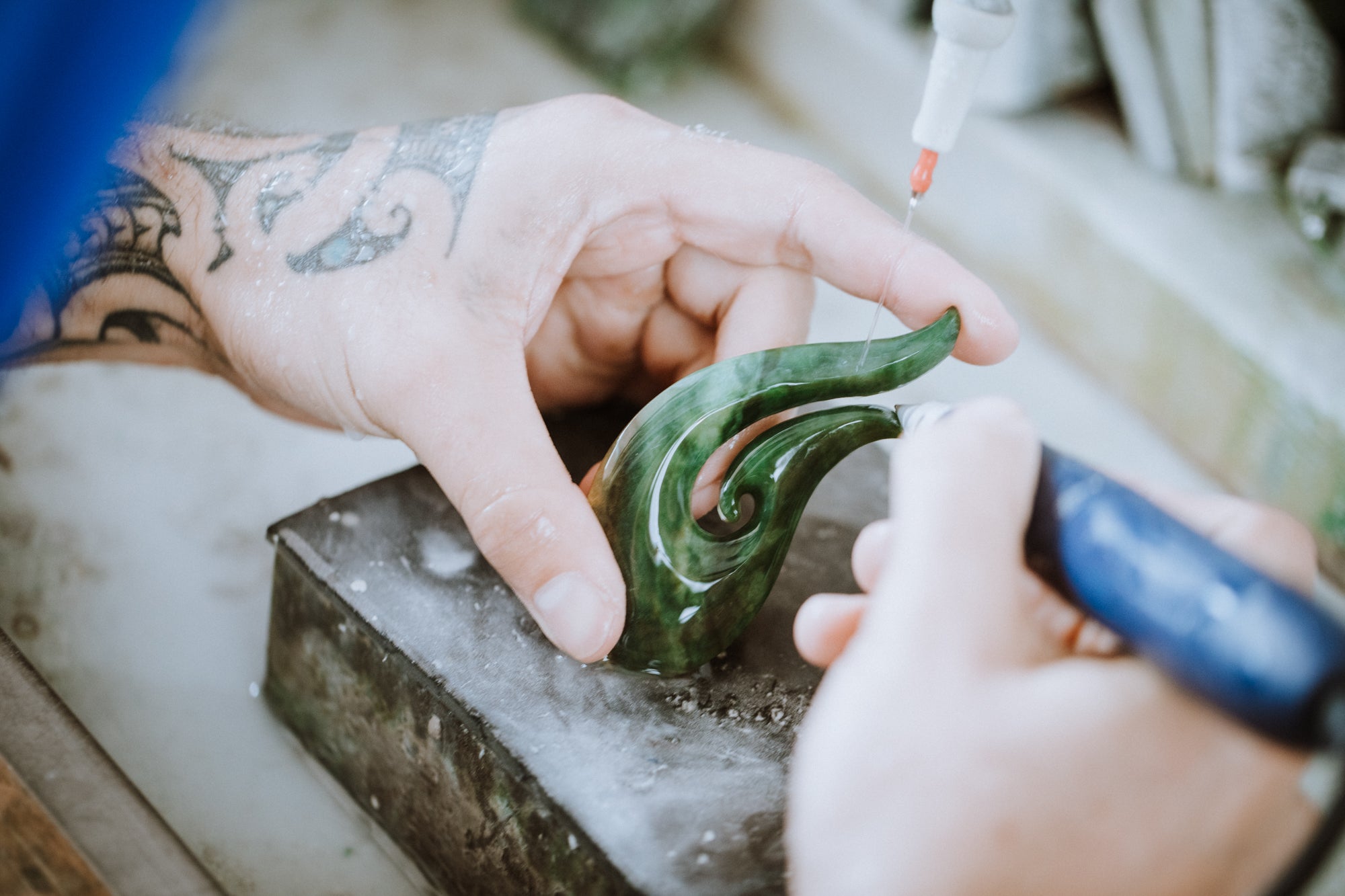

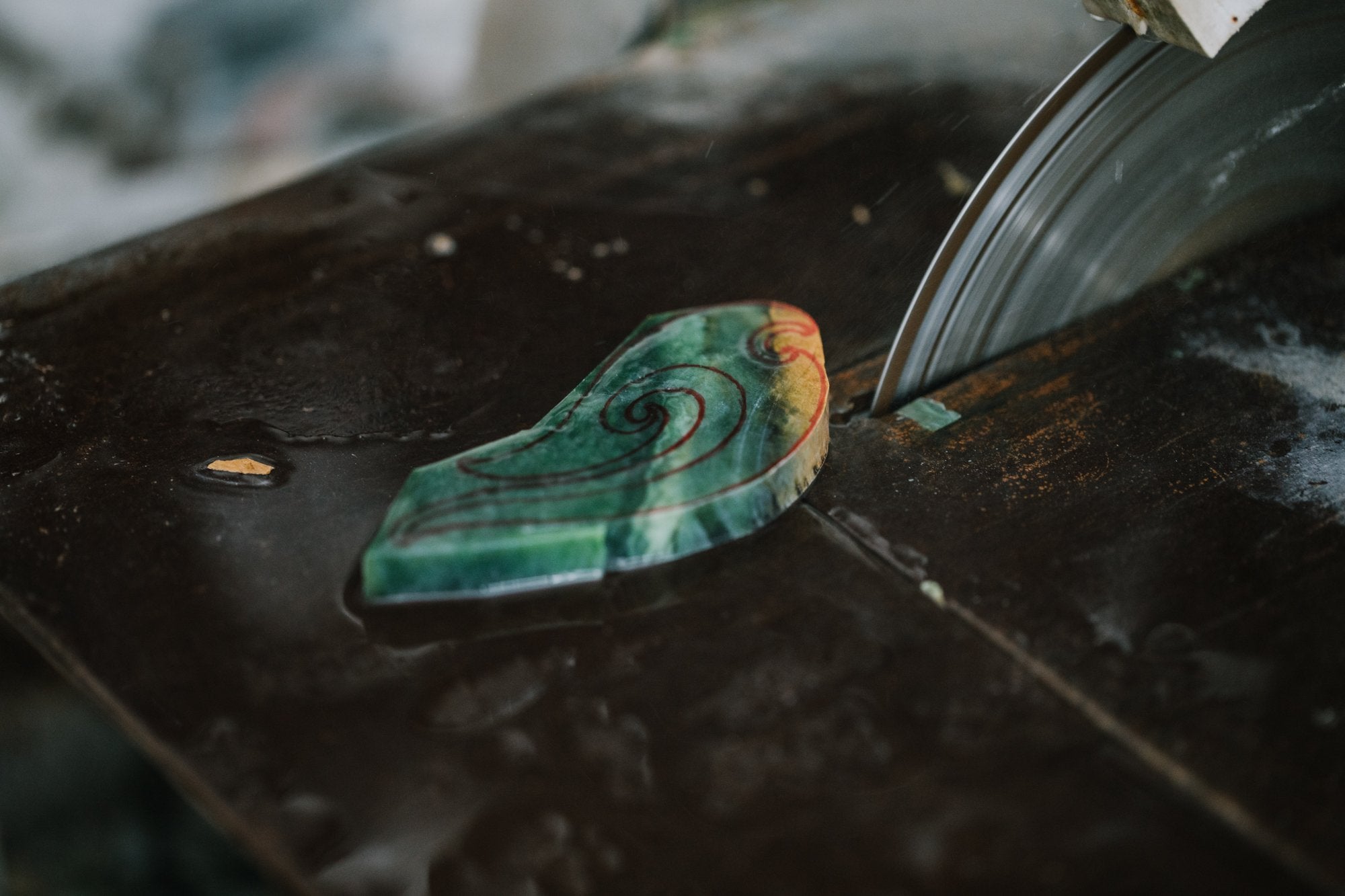

Discover more
Hei Matau (Hook) Necklaces
New Zealand Jade Fish Hook Pendant
$428.00 NZD
New Zealand Pounamu Elongated Hook
$248.00 NZD
New Zealand Pounamu Unbound Hook
$268.00 NZD
Choosing The Right Piece
Maori hei matau necklaces are a popular design for pounamu lovers and carvers alike. The design is based on traditional Maori matau, which typically featured a barbed point. Maori legend is embodied in this design, with the belief that New Zealand was once a large fish pulled from the ocean floor by Maui with a fish hook made from his grandmothers jaw bone.
Wearing one is said to symbolise a connection to the sea, granting strength, good luck and safe travels over water. The hei matu necklace design not only symbolises a strong connection to the ocean but also to Tangaroa, the god of the sea. The ocean is deeply rooted in Maori culture, historically being a significant source of nourishment and also the reason for a variety of religious ceremonies. Such ceremonies were typically undertaken prior to fishing and were based around the hooks the fisherman were about to use.
Fisherman would chant to provide details of their fishing traditions to neighbouring tribes or younger generations, passing their knowledge of the sea on to others. They would use the tapu (sacred) objects (often pounamu though sometimes bone) and create shrines or resting places for the gods. Many of the Matau fishing hooks had small detailed carvings on the outer looped edge and were interpreted to symbolise Tangaroa, in hope to bring luck to their fishing excursions.
These fishhooks were not typically worn as adornment but rather worn for safe keeping in the ear. Adornment with wood, shell and bone was common in Maori culture, however it wasn't until the introduction of metals from colonisation that the common Maori culture adapted the concept of adorning themselves with highly precious items. Though their tools made from wood, bone and shell were mostly discarded, Pounamu was the most frequent material used for adornment as it was the highest taonga (treasure).
Ironically when Aotearoa was first colonised, many thought the traditional Maori fish hooks were anything but practical and couldn't possibly catch large quantities of fish. Though contrary to their opinions, Maori fishing technology was actually far superior and today many of the traditional Maori fishhook have been reinterpreted by commercial and recreational fisherman.
A pounamu hei matu is the perfect piece to show respect for Maori heritage and beliefs. If you’re just passing through, reminiscing on a trip of the past, or a resident with strong ties to Aotearoa, this design is the perfect taonga (treasure) tying one to New Zealand culture and scenery.
Also included with your purchase is an artist profile and meaning card, as each of our jade hei matu necklaces are hand carved by a true artisan. By buying an ‘authentic pounamu’ hei matau from us, you’re buying legal, sustainably sourced stone, which will ensure it lasts for generations to come.


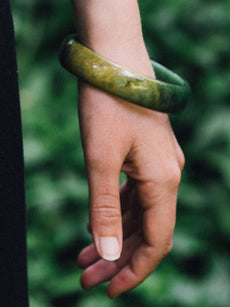
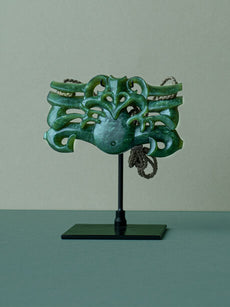
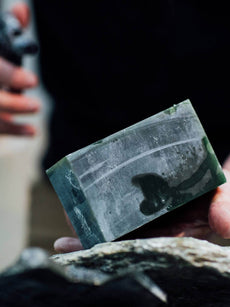
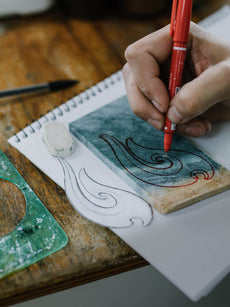

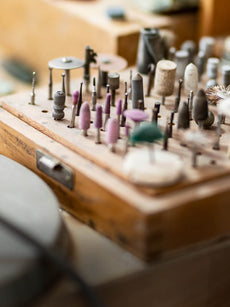

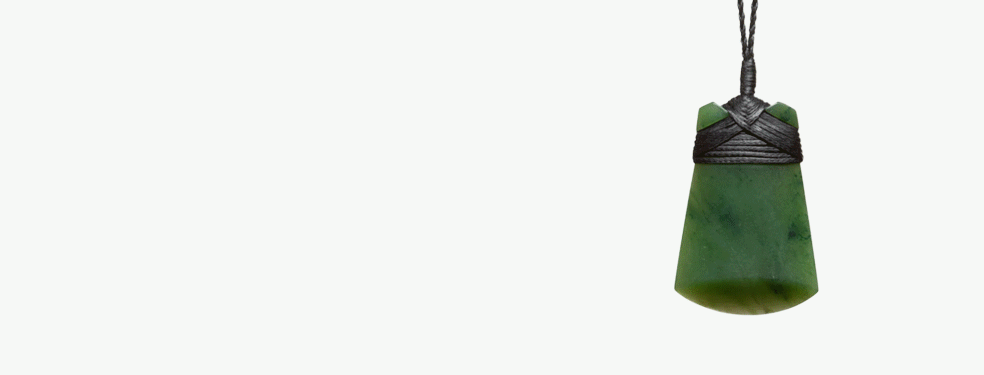
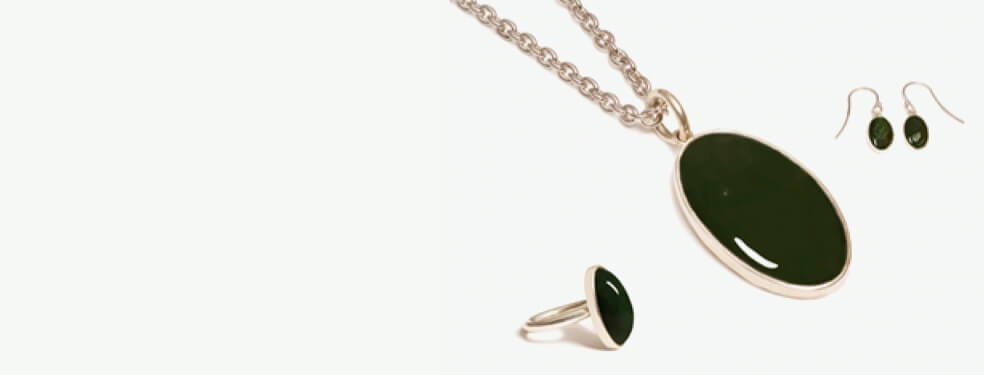

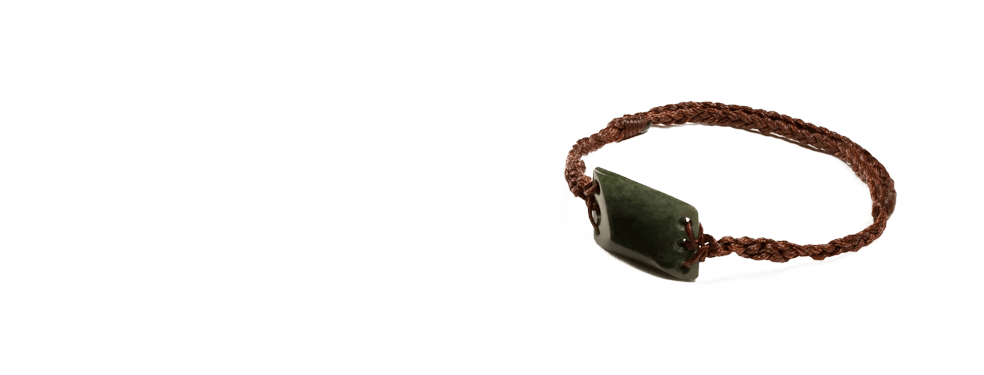


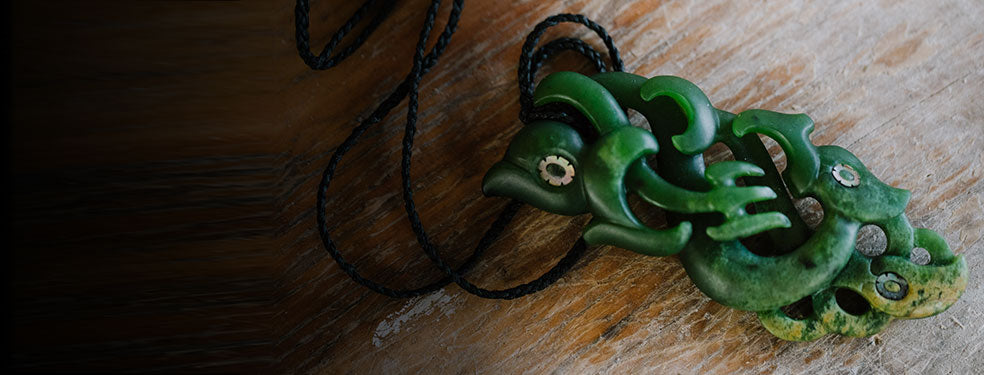



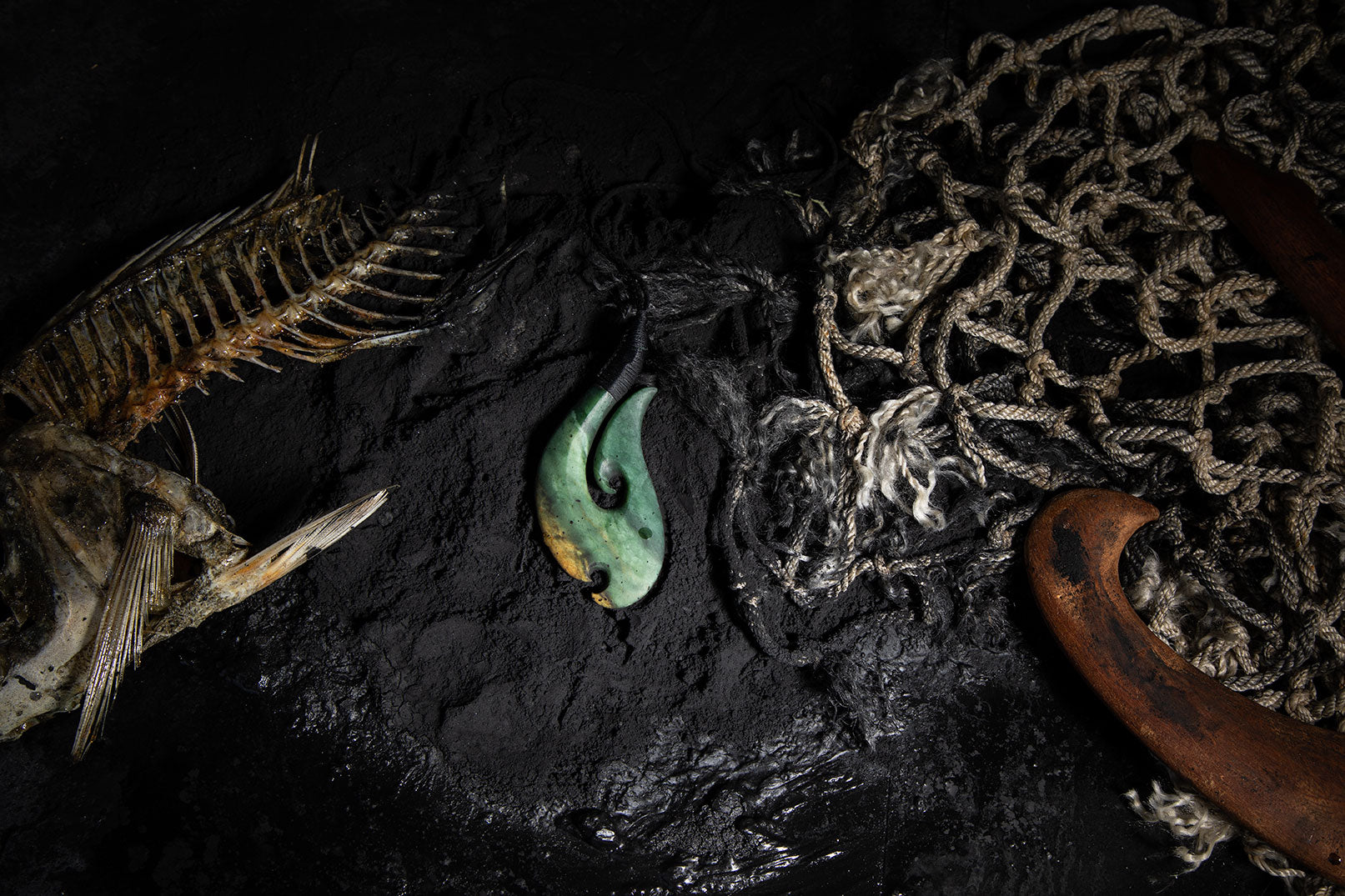
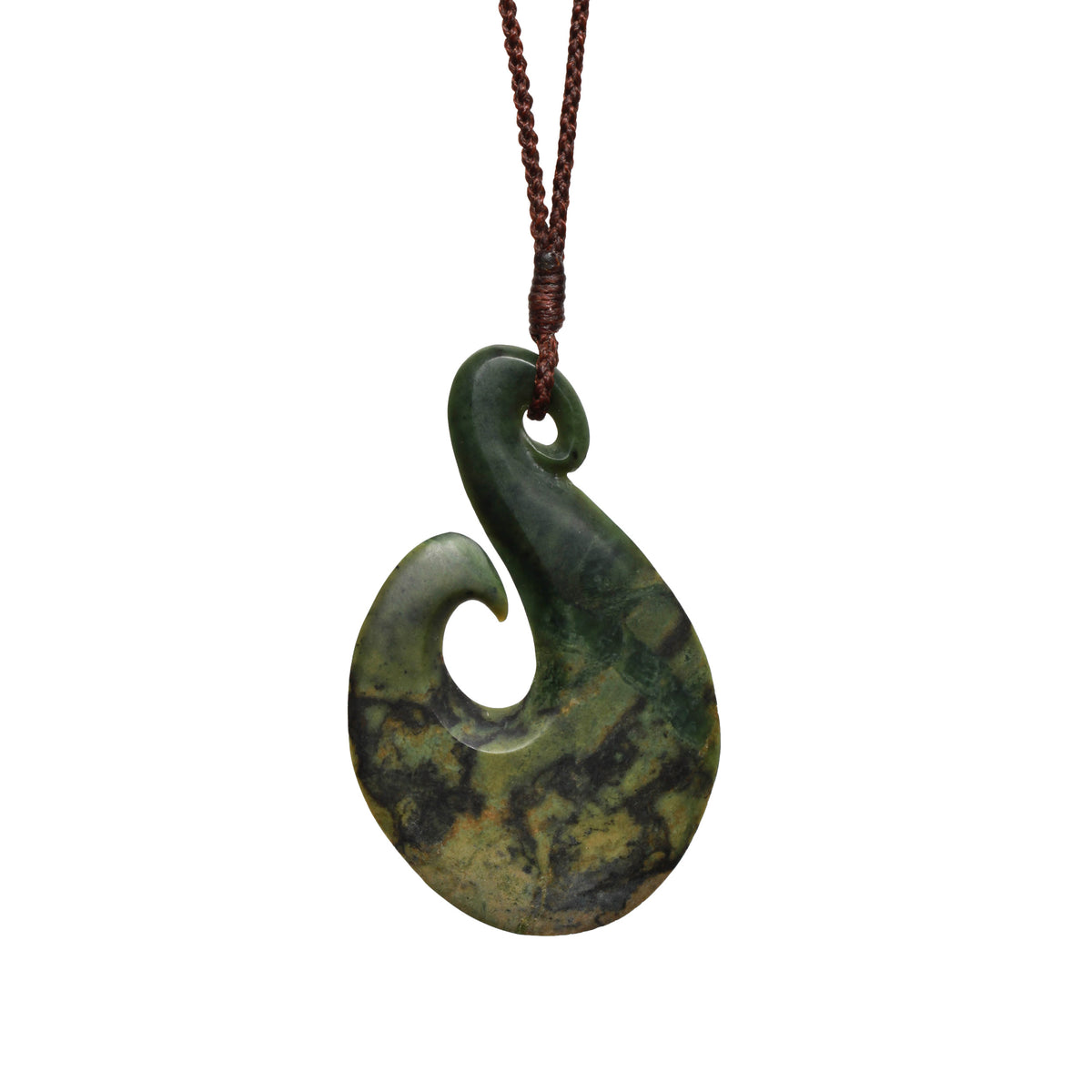
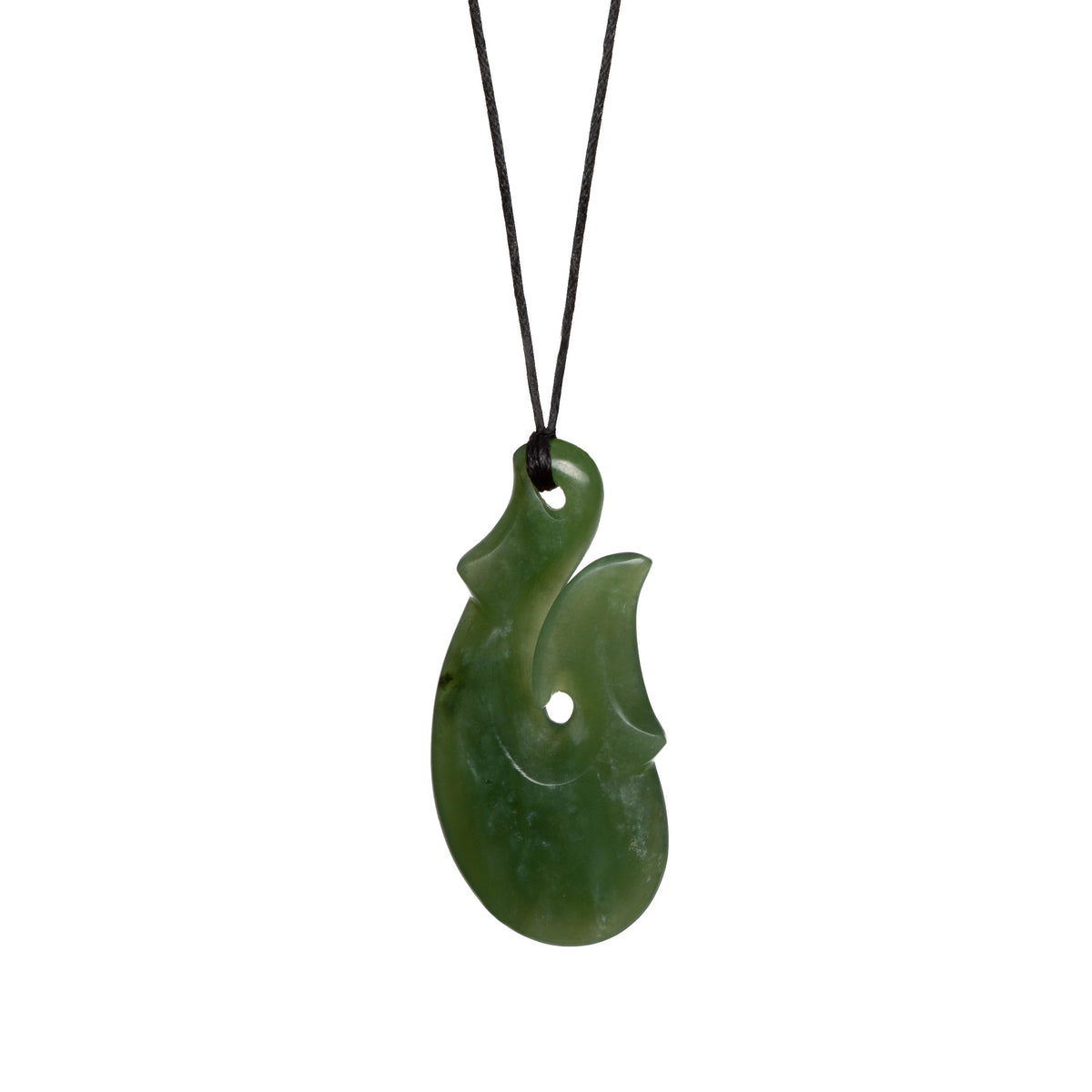


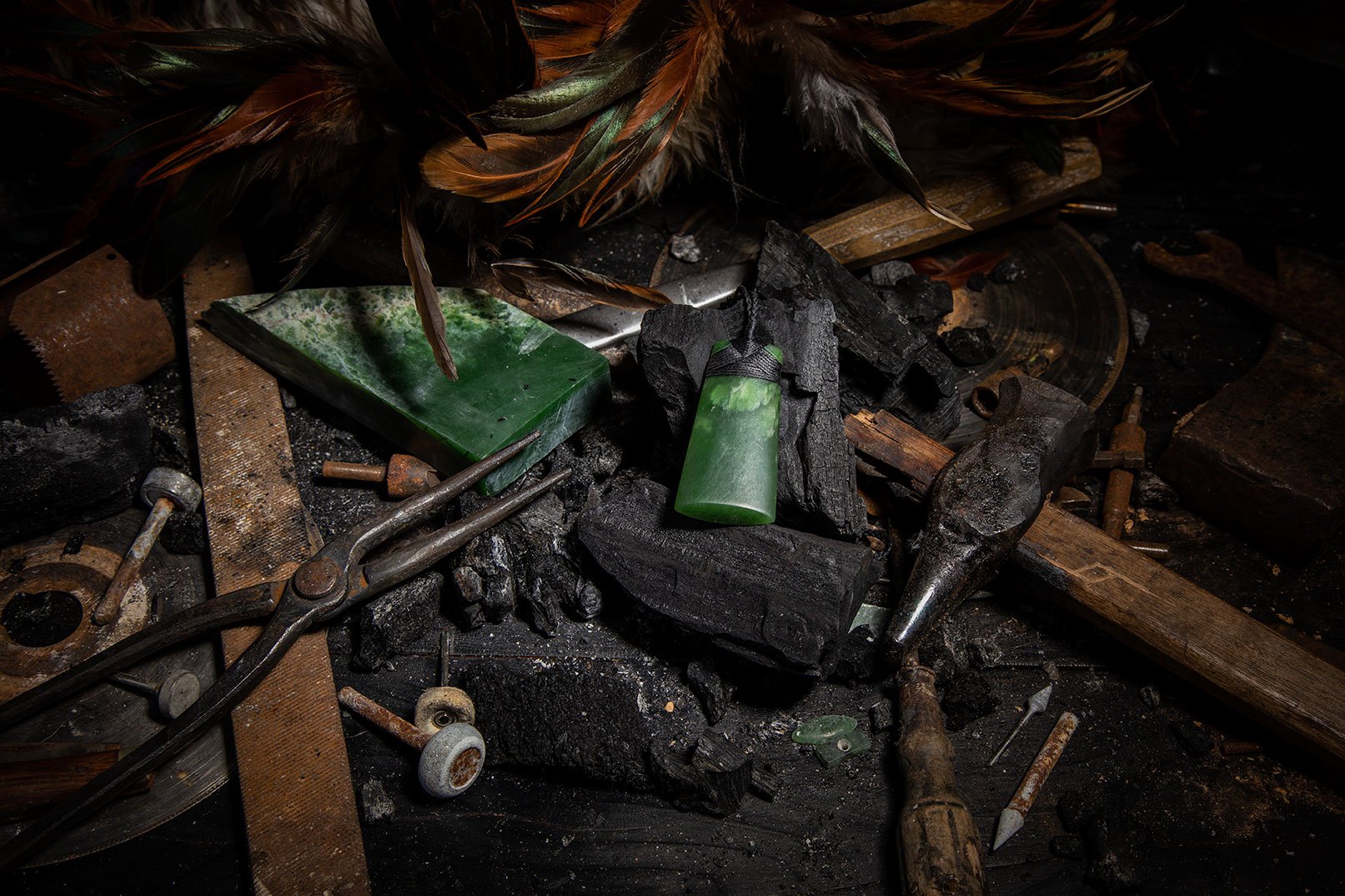
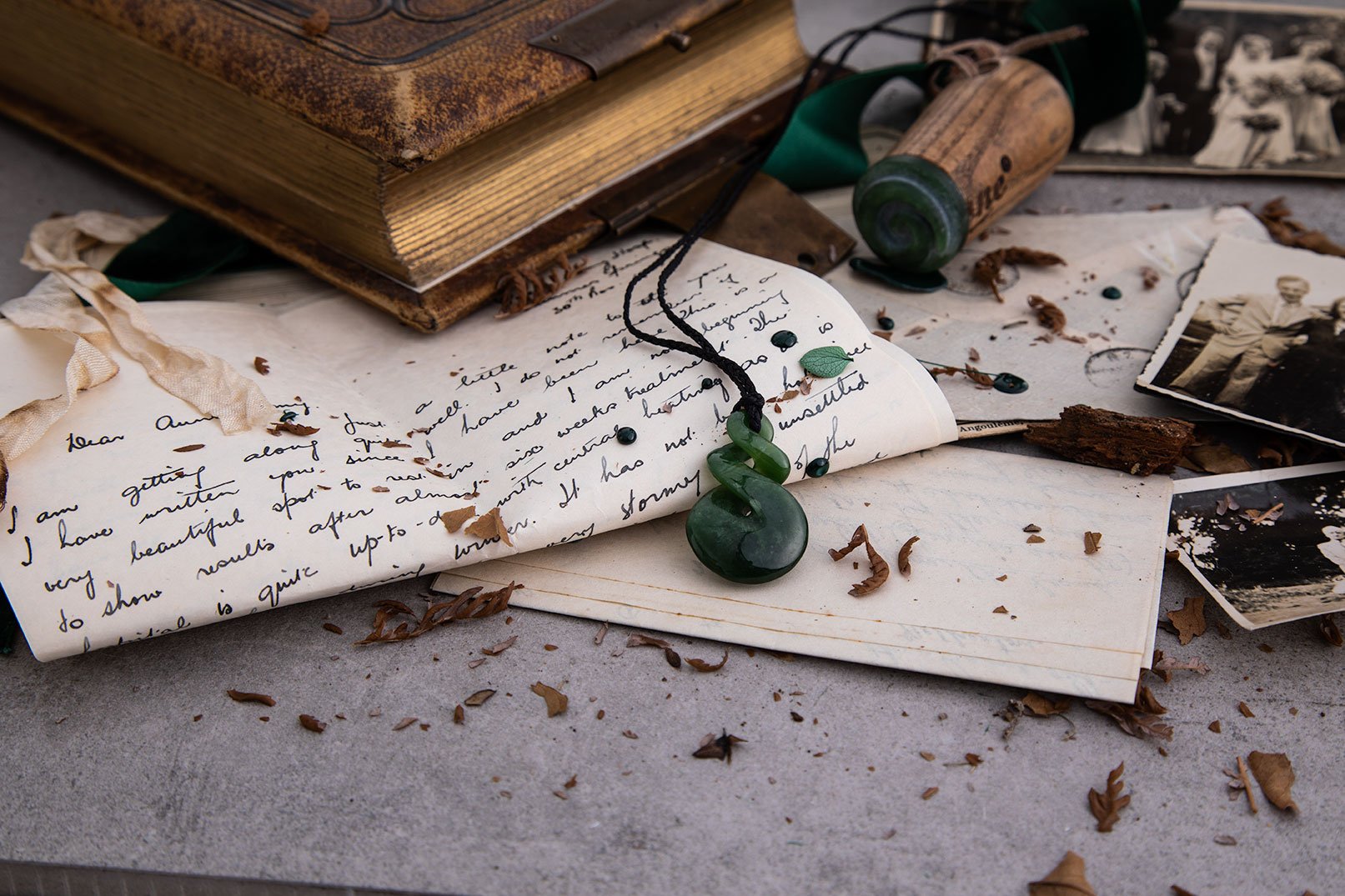
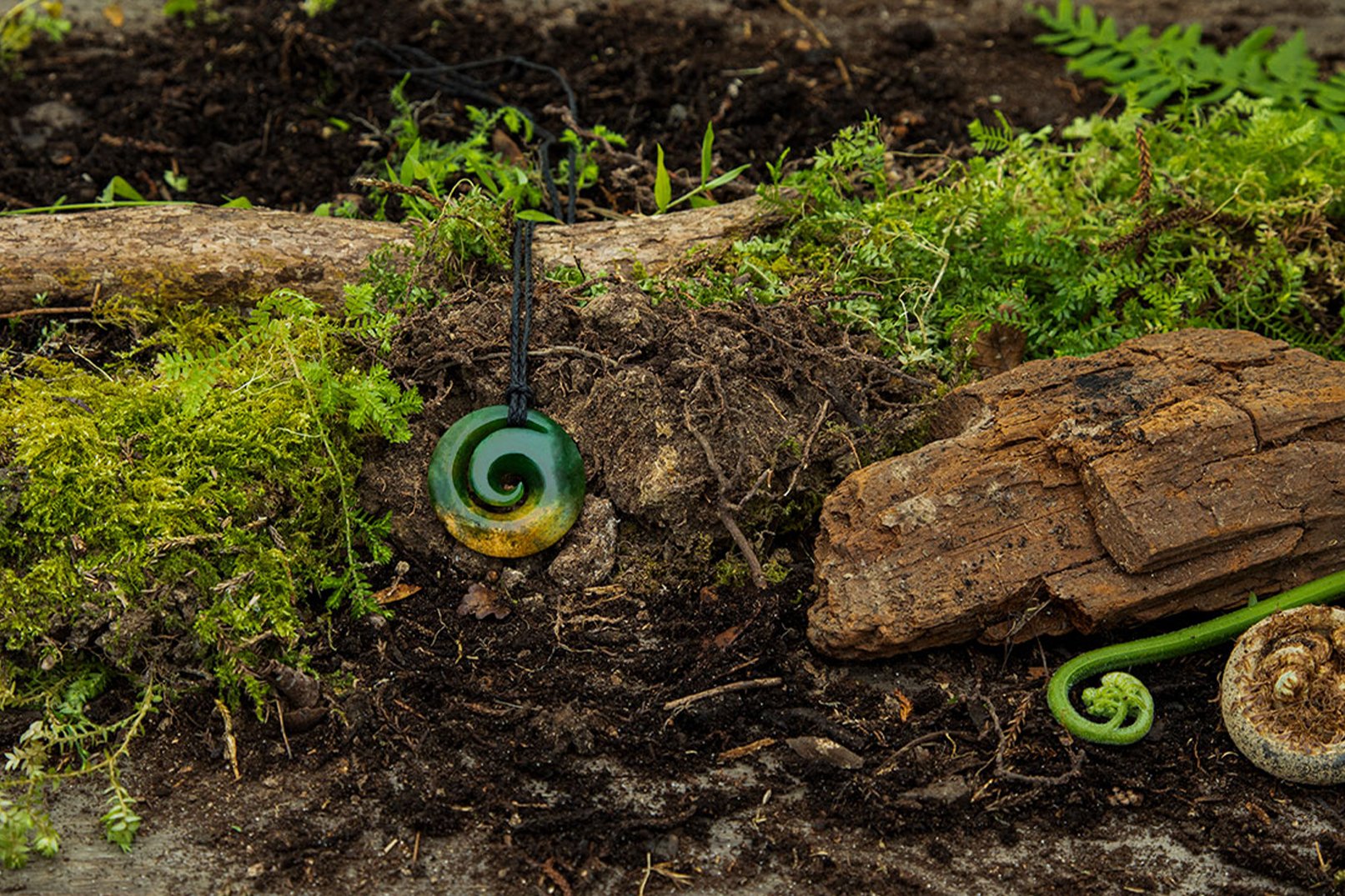

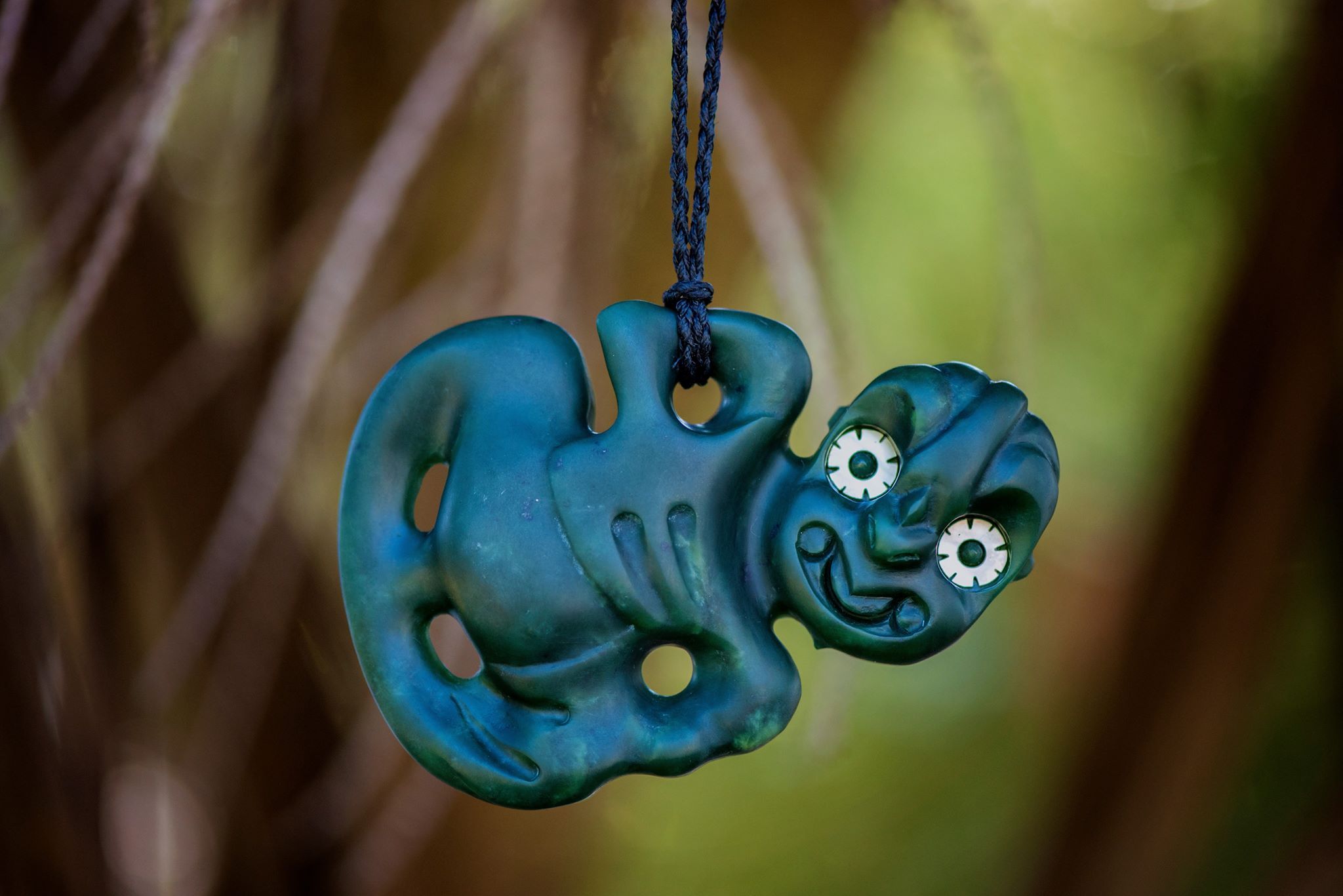
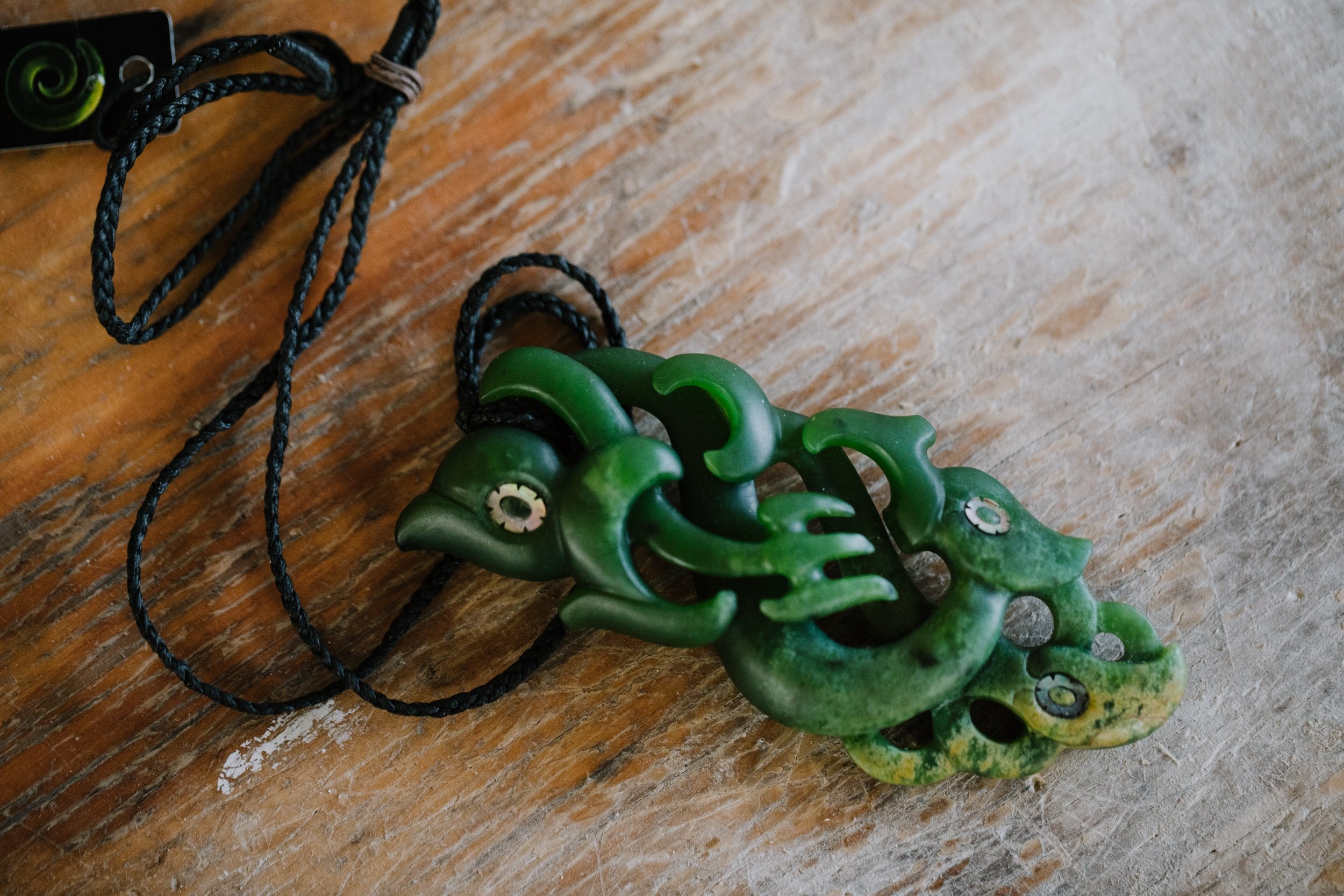
Follow Us
Stay in the know on new releases, special offers, and more.